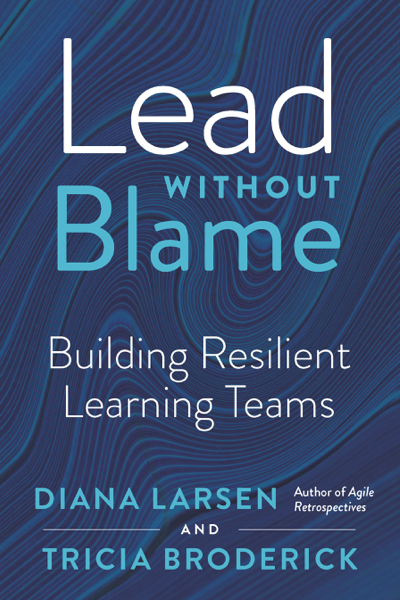Many many years ago, I learned a useful perspective in helping me and other leaders with time management. I truly suck in that I can’t give the proper source of this framing (so if you know, please share!).
I’ve shared that I’m not a fan of delegation in the past. Well, I’m also not a fan of simply expecting new leaders to easily stop doing all the things they did previously even if they now hurt the team without support and understanding. So I frequently do this exercise:
- Graph your activities over the past two weeks (not in detail – title is fine). Total time is simply total number of hours the activity takes for completion. Total value = (value to you + value to team + value to org). So something that is highly valuable to you but no value to the team/org, would still be low value.
Then I explain the quadrants:
- Don’t Do: Why are you doing something that takes a bunch of time but has low value? What if I told you that your don’t do could be someone else’s strategic? Let me give an example: I have revamped onboarding at numerous companies. The time this takes is extensive. The value is high for the org/team but for me there is little value (I’ve already done this challenge). So if I take on this task, it falls in the Don’t Do quadrant. Yet, there was someone on my team that wanted to lead an initiative. After some exploration, she determined working to improve onboarding was the project (her strategic activity). I committed to sponsor her (which is now moved lower in time but increased the value for me – resulting in a gem).
- Quick Wins: These are quick mini bursts of value. I get it. These help keep me sane too. Who doesn’t like wins that take little time/effort? However, I have to be careful as a leader that I’m not stealing someone’s gem to give myself a quick win. My role as a leader should be focused on others and these quick wins are often bigger opportunities for others.
- Gems: One can never have enough gems! I have found my ability to scale as a leader has been finding ways to create gems with upcoming activities (such as the onboarding example above).
- Strategic: How many concurrent activities are realistic in this quadrant? I typically target 1-3 activities. If there are none, then you are only reactively managing. If there are too many, then you are not leading…you are reacting to the latest fire.
 Upon doing this exercise numerous times over many years, I’ve noticed a few common patterns:
Upon doing this exercise numerous times over many years, I’ve noticed a few common patterns:
- People continue to do activities without evaluating the value. “I’ve always done this so I just kept doing it.”
- People overload the strategic quadrant and did not correlate the lack of success with the multi-tasking occurring.
- People are surprised to realize that there are missed opportunities in what they do today for others.
- People are reflective multiple aspects of determining value.
- People lack gems.
As a leader, have you truly considered how you spend your time?




